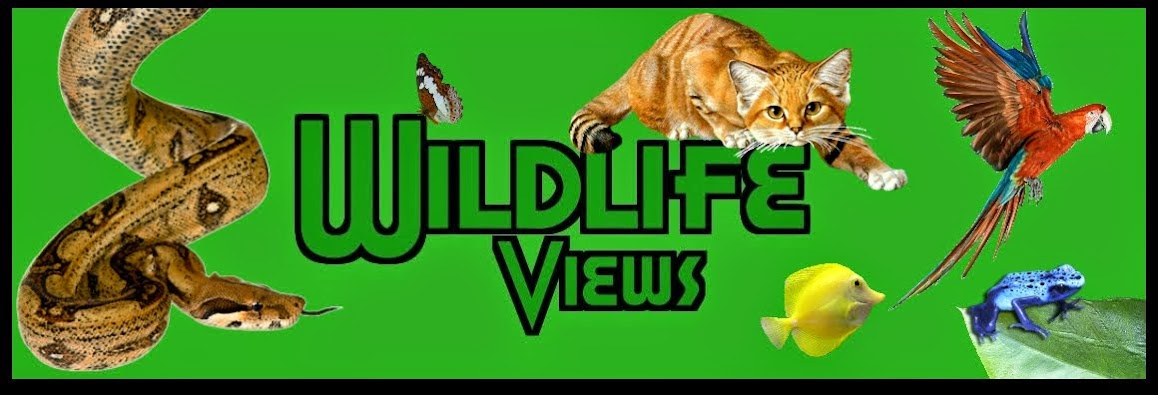About chimpanzees
The chimpanzee (Pan troglodytes) are found across equatorial Africa ranging across countries such as: Angola, Ghana, Rwanda, Sudan and Uganda where, they occupy a wide range of habitats from savannahs to rainforests to swamp land. Chimpanzees generally lack sexual dimorphism (different looking males and females i.e. male peacocks have plumed tails whilst females lack them.) however, males are slightly larger then females weighing up to 60kg whilst, females weigh up to 47kg and youngsters are born with a white tail tuft which may indicate their age. Chimpanzees can live up to 45 years in the wild and much longer in captivity; they live on a diet that consists mainly of fruits but can be supplemented with various other foods including insects, honey and meat, actively forming hunts to catch species such as duiker (Cephalophus sp.) and the red colobus monkey (Procolobus sp.).
A duiker a common prey species.
What was
observed
It is
already known that chimpanzees can adapt their behavior depending on the situation, for example during crop raids chimpanzees have learned to change their
approach techniques and
vocalizations, to aid in making them less noticeable. More recently however chimpanzees have been seen using safe crossing techniques when crossing a busy road in Kibale National Park in Uganda.
vocalizations, to aid in making them less noticeable. More recently however chimpanzees have been seen using safe crossing techniques when crossing a busy road in Kibale National Park in Uganda.
What was Studied
The studied focused on how human highways affected chimp behavior especially, since human overpopulation causes us to further encroach onto their territories. The team of scientists spent two and a half years studying chimpanzees crossing the road at Kibale National Park; in total they saw 122 crossings of the road which experiences a high rate of traffic with up to 60 vehicles per hour, traveling at speeds up to 60mph along the road.
The results
During each crossing the chimpanzees were vigilant with the majority (more than 90%) looking both ways before they crossed. Upon proceeding to cross over 55% chose to run, further demonstrating that they were aware that they needed to cross quickly to avoid being hit and 20% watched those that were crossing either making sure they were okay or waiting for them to cross.
Alpha males were always first to cross the road, aiding the rest of the group as they crossed, with males often being the ones that made sure the vulnerable and infants crossed safely.
Lastly when the data collected was compared with that taken from a road that passed through another park in Guinea, they noticed that different techniques were used, with the chimps crossing in pairs at this location. They realized that the road in Guinea was not as busy as the one found in Uganda which led to the chimpanzees adopting different crossing techniques due to the presence of traffic.
My views
This study shows just how intelligent and flexible chimpanzees can be; this is a example of what is referred to as a learned behavior, it has arisen due to the loss of group members during early encounters with the road, this will have led to a individual or group of individuals adopting a more visual, protective response when crossing the road therefore, by checking for oncoming vehicles and that the road was clear before crossing could live to see another day. Other group members will then see that this behavior is beneficial and begin to adopt the technique themselves leading to a new behavioral process being learned. This could also represent a form of critical thinking with the chimpanzees being faced with a problem and them learning how to combat it again showing just how intelligent these creatures are. Another reason why we should learn to respect and appreciate these amazing animals and learn to be able to live alongside them.
As always thanks for reading my blog and feel free to leave any thoughts in the comments box below :)
To view the original article please click here.












